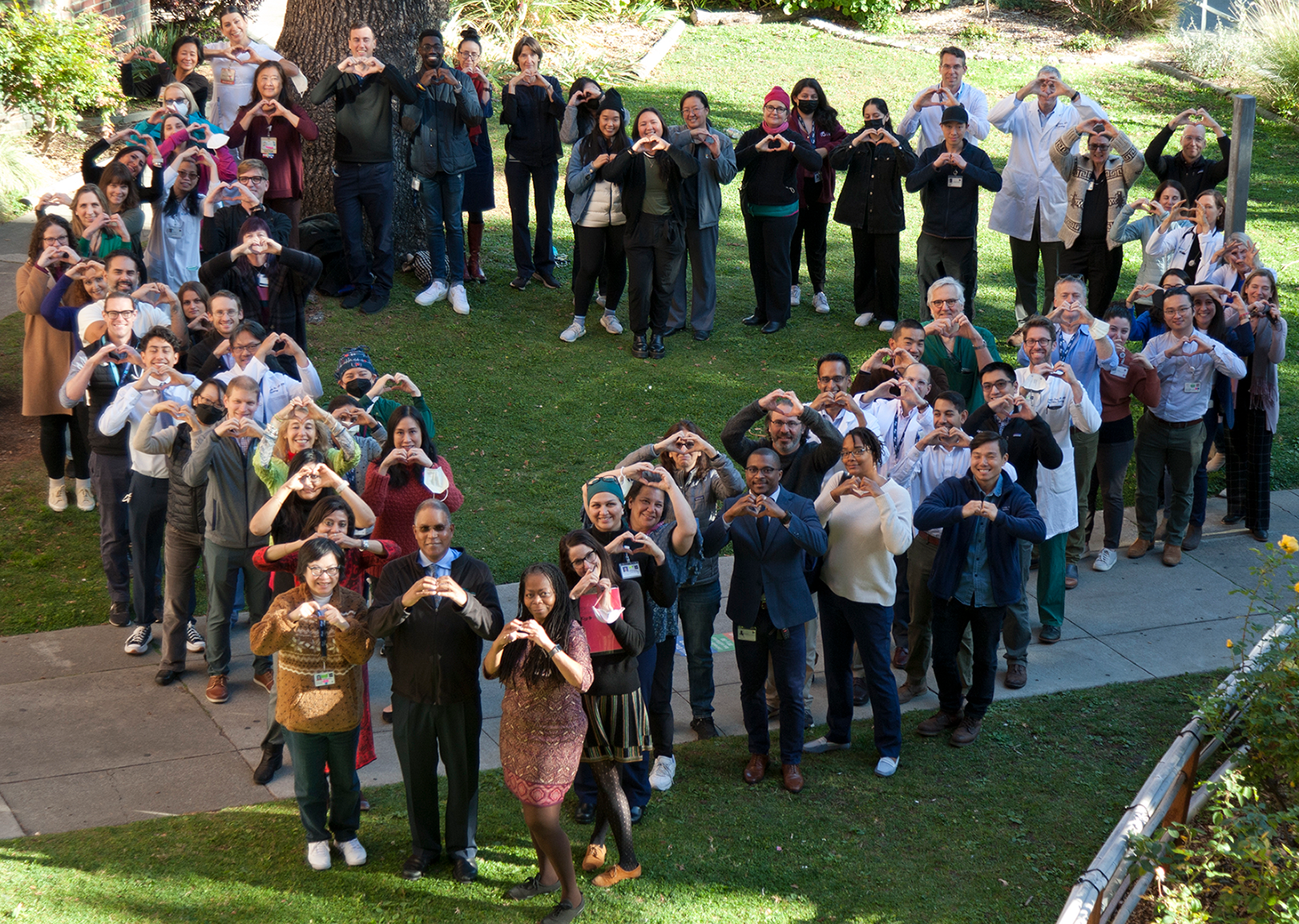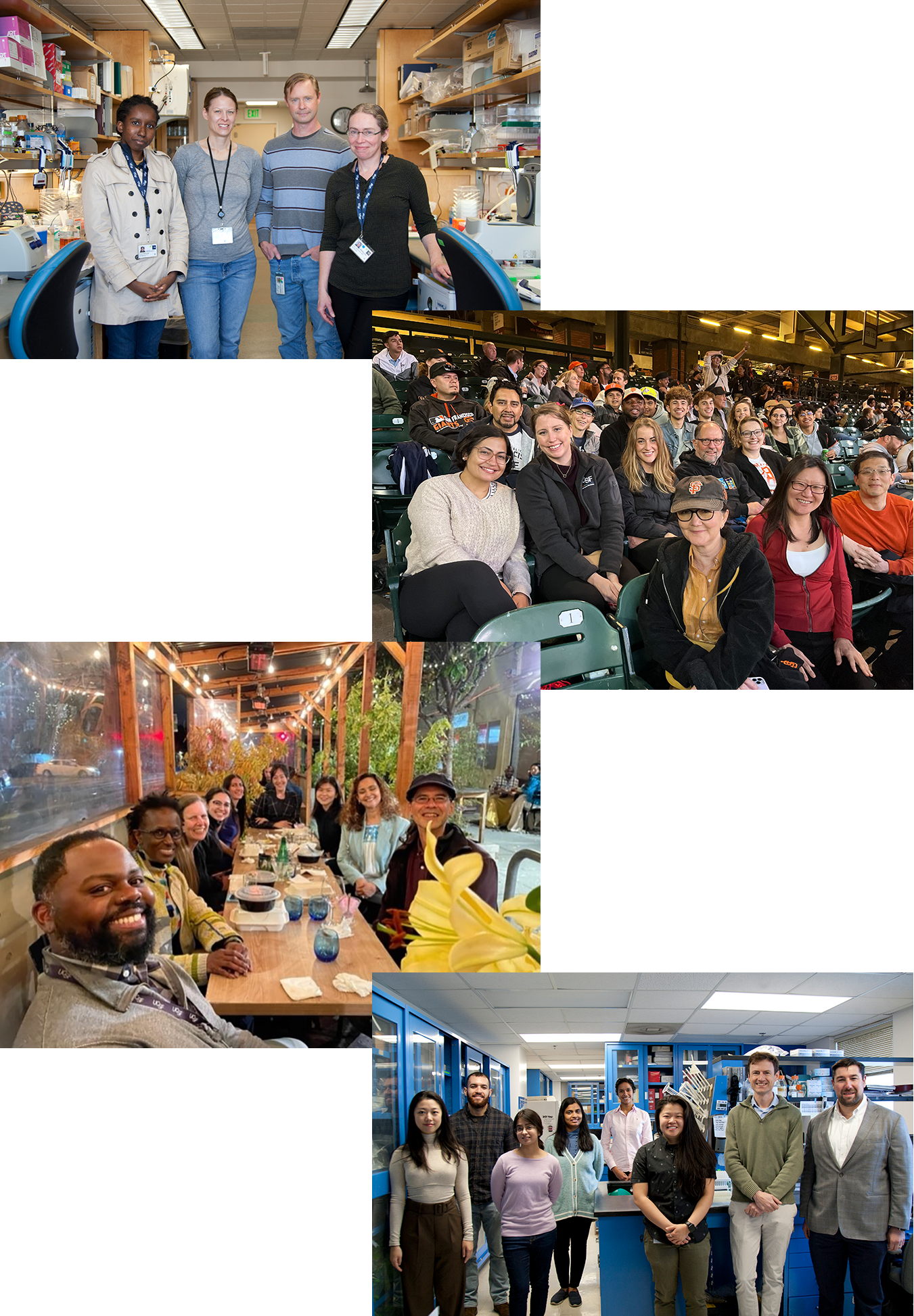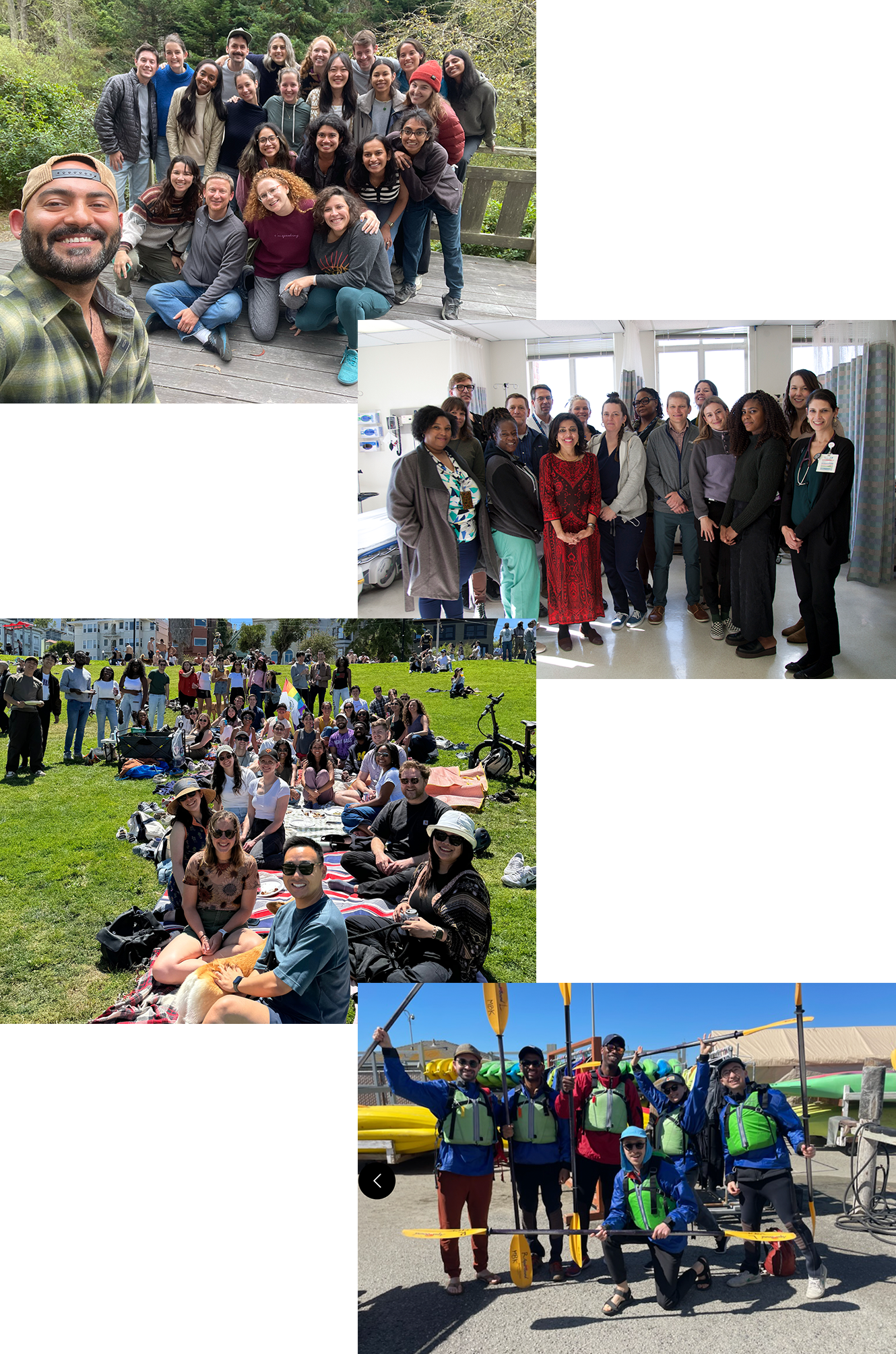Navigating Uncertainty: How We Can Thrive in Difficult Times
“Not everything that is faced can be changed, but nothing can be changed until it is faced.” - James Baldwin
 Uncertainty is a fundamental part of life and work. Some philosophers suggest that much of what we perceive as certain is an illusion; yet we naturally desire stability, security, and a sense of control.
Uncertainty is a fundamental part of life and work. Some philosophers suggest that much of what we perceive as certain is an illusion; yet we naturally desire stability, security, and a sense of control.
There is no mistaking the uncertainty of our current era. Whether from acute crises like the COVID-19 pandemic or chronic stressors – societal, political, environmental, and beyond – many illusions of stability have been stripped away. In recent months, academic medicine has faced a new source of uncertainty: efforts to reduce programs and policies that support many of our basic activities – clinical care and research – while also challenging our foundational values like diversity, equity, and the long-standing principles that have shaped progress over decades.
The Challenge of Uncertainty
In organizations, uncertainty can trigger fear-based reactions such as analysis paralysis, reactive decision-making, rigidity, or clinging to the familiar simply to maintain a sense of stability. The term “unproductive uncertainty” describes overly narrow thinking and missing the possibilities which exist in even the direst circumstances. (Furr, 2020)
For many of us, uncertainty activates fear and anxiety, leading to rumination, black-and-white thinking, catastrophizing, and feeling unmoored. As change and crisis often threaten the loss of things we hold dear, the ongoing stress of unmanaged uncertainty can additionally contribute to emotional exhaustion and burnout. This compounds the challenges already characteristic of our healthcare environment and further impairs our ability to respond in generative ways.
Fortunately, tools exist to help us all navigate uncertain times, regardless of one’s role or position. These approaches can safeguard our mental health and sometimes yield even better outcomes than we might have anticipated, by allowing us to engage productively with our fullest capacities available. In challenging moments like these, considering such tools becomes valuable – not to diminish the threats or potential losses, but to navigate our circumstances as effectively as possible.
The Opportunity in Uncertainty
Although crisis and unwelcome change are never desirable, they can create space for new opportunities. When the answer is unknown and the situation painful or uncomfortable, there is a new stimulus for change and more latitude for creative problem-solving. Because uncertainty is unsettling, it can stimulate action and encourage breaking down barriers – both personal and bureaucratic – that, in stable times, tend to preserve the status quo. The early days of Covid – precisely five years ago – remind us of the speed with which we can engage in positive collective action in the face of a new and urgent threat.
What is the difference between despairing and availing ourselves of the opportunity created by uncertainty? It is in having the tools, mindset, and approach.
 Practical Tools for Navigating Uncertainty
Practical Tools for Navigating Uncertainty
Whether you are directing a unit, leading a research team, providing clinical care, or teaching the next generation of physicians, these tools can help you navigate uncertainty more effectively:
Check Your Own Pulse, Before Trying to Care for Others
Reactivity is not the same as grounded responsiveness; the former can lead to poor decision-making and increased anxiety among colleagues. Threat and fear responses can result in paralysis (“deer in the headlights”), rigidity, and erratic actions (Anacona, 2012). Conversely, measured and grounded responses are characterized by being open to a situation – seeing both the threats and opportunities – and having a poised readiness to be adaptable and action-oriented in more helpful ways.
Distinguish Between Acute and Chronic Uncertainty
Acute crisis warrants a different approach than prolonged, sustained difficult situations. (Kerrissey, 2023). While acute crises benefit from more authoritative, decisive, centralized action, using this approach in chronic situations often backfires. Instead, prolonged crises are best managed with a more thoughtful approach, broader engagement, idea generation, and decentralized experimentation that energizes, rather than exhausts, people. (Kerrissey, 2023) Knowing the difference between acute and sustained situations can help adjust expectations and our approach accordingly. Of course, the current landscape presents both ongoing and immediate challenges, making it important to consider both short-term concerns as well as the long game.
Seek and Provide Clear Communication
Many people understandably tend to avoid difficulty during times of uncertainty, but staying informed and connected is crucial. Seeking out factual information, asking questions, and staying engaged with evolving updates can help mitigate feelings of helplessness. Similarly, sharing concerns, thoughts, and potential solutions with colleagues or leadership can foster a sense of agency and community.
For leaders and others in a position to communicate with others, it can be tempting not to communicate because of the high emotions and lack of clarity in periods of great change or uncertainty. While communicating poorly can be harmful, a communication vacuum is also counterproductive.
Providing factual information and clarifying what is known and unknown are the first steps. Emphasizing that information is evolving helps prepare people for the likelihood of changing information. Communicating how people will receive updates and having clear, predictable communication channels augments the sense of stability.
Engage in Sense-Making
The next step is to manage meaning (Coombs, 2015), which can also be thought of as sense-making. In chaotic situations, we all seek the answer to the question: what is the story? And what does it mean for me and the people and work I care about? Sense-making requires the creation of new mental models that offer plausible explanations of the changing landscape and a shared understanding that acts as a springboard for action. Importantly, under conditions of uncertainty, these mental models and “stories” work best as adaptable prototypes that continue to be tested and modified as new solutions are tried and new information emerges. (Anacona, 2012)
 Listen and Share
Listen and Share
As uncertainty can bring about strong emotions, one of the most powerful things we can do is create space for open, supportive, and psychologically safe conversations. Acknowledging fears and concerns without judgement– both our own and those of our colleagues – helps build trust and connection. Recognizing emotions, rather than dismissing them, can help foster a sense of community and support.
Connect to Core Values
When the path forward is not clear, returning to what truly matters in our core values can provide stability and direction. In our environment, these might include commitments to evidence-based practice, high-quality, compassionate, and ethical patient care, the well-being of the communities we serve, the pursuit of scientific knowledge, educational excellence, diversity, and health equity. Orienting to these values serves as a compass when maps are unavailable.
Embrace Flexibility and Adaptability
Uncertainty requires a shift from rigid plans to flexible frameworks. Rather than clinging to one fixed outcome, it helps to remain open to evolving solutions. The ability to adapt to new circumstances (such as policy shifts or changes in funding) while not losing sight of core objectives and values can make navigating uncertainty more manageable.
Participate in Learning, Experimentation, and Innovation
Uncertainty often creates opportunities to rethink outdated practices, making adaptation essential for progress. After acknowledging potential losses, we can focus on creative problem-solving to minimize harms and maximize gains. Innovation thrives in spaces that encourage collaboration, diverse ideas, and experimentation toward shared goals. When answers are unclear, staying flexible and continuously reassessing as new information emerges allows for more effective solutions.
Small Daily Practices to Navigate Uncertainty
While we can’t eliminate uncertainty, we can build the following habits that make it easier to manage:
- Maintain effective self-care practices that work for you, especially during times of greater stress. This isn't selfish – it's necessary for sustainability.
- Stay connected to your personal and professional support networks. Look out for colleagues who may be struggling and not be able to ask for support themselves.
- Limit unhealthy coping mechanisms like excessive news consumption, doomscrollling, emotional numbing, or completely detaching from challenges.
- Focus on your sphere of influence by recognizing what you can and cannot control.
- Practice reframing uncertainty as potential opportunity and working with others to develop solutions.
- Stay open to different perspectives with a “beginner’s mind” to foster creativity and innovation. Be open to aspects of the situation you may not yet know, or solutions you have not yet considered.
- Accept change as constant rather than exceptional, even in more stable times. Being prepared for the inevitability of change makes it less destabilizing.
- Take small steps by focusing on short-term actions within your control.
- When rumination feels excessive, focus on planning as an antidote to anxious feelings. Feeling prepared for different scenarios can help.
- Practice self-compassion by acknowledging difficult feelings without judgment rather than suppressing them.
- Provide grace when people are not at their best around you during difficult times.

Conclusion
Uncertainty is an unavoidable part of life and work, magnified by the challenges of this moment in academic medicine and in the world at large. While uncertainty can be destabilizing, it can also create openings for transformation, creativity, and resilience. By staying grounded, fostering open communication, and supporting one another, we can navigate uncertainty not just with survival in mind, but with a sense of purpose and agency.
 Diane Sliwka, MD
Diane Sliwka, MD
Chief Physician Experience Officer, UCSF Health
Director, UCSF Health Center for Enhancement of Communication in Healthcare
Professor of Medicine, Division of Hospital Medicine, UCSF Department of Medicine